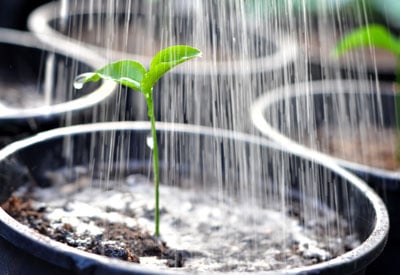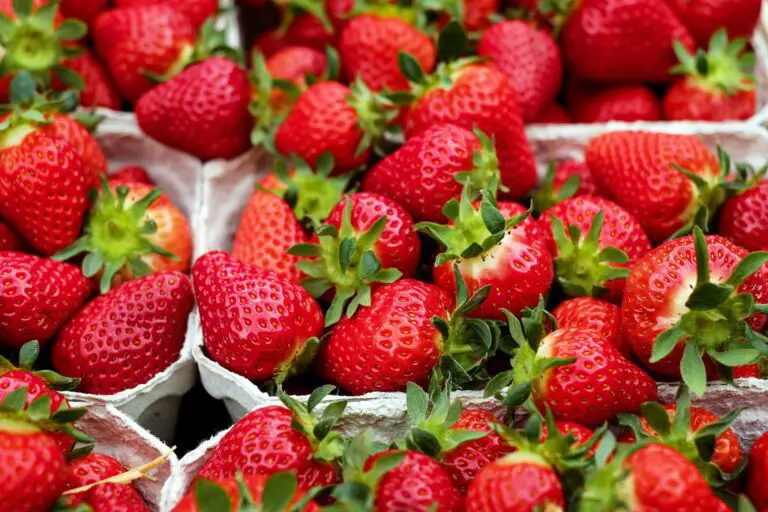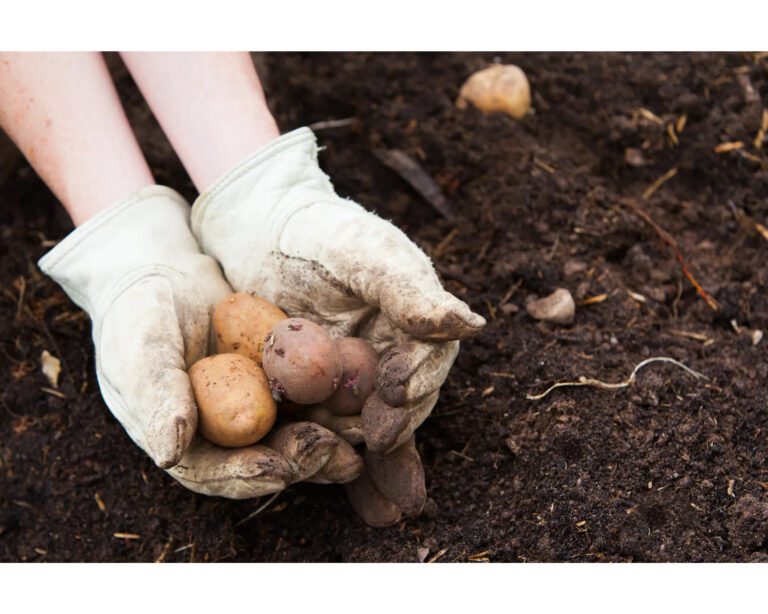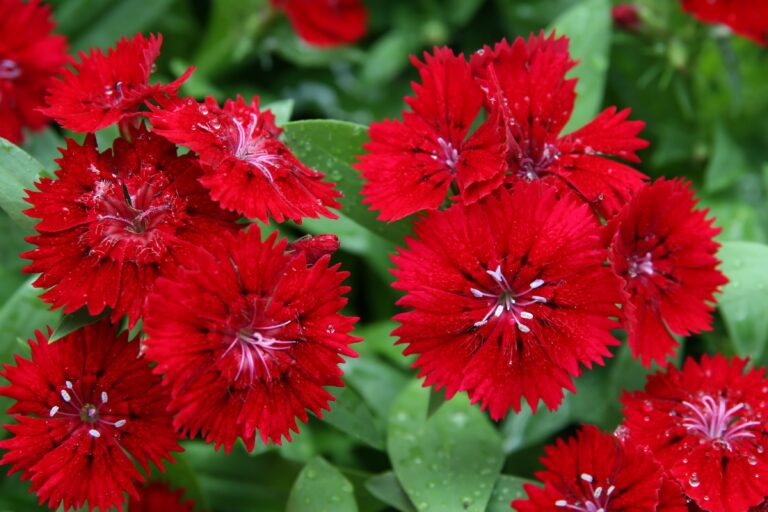How Rain Impacts Your Outdoor Hydroponic Plants and How to Protect Them
“Did you know that while rain is essential for your garden’s health, it can wreak havoc on your outdoor hydroponic plants? Whether you’re a seasoned hydroponic enthusiast or just getting started, understanding how rain impacts your plants is crucial for maintaining a thriving garden. From nutrient dilution to increased risk of disease, the challenges abound. But fear not! In this blog, we’ll explore the ins and outs of protecting your hydroponic oasis from the downpour. Armed with practical tips and expert advice, you’ll learn how to shield your plants from nature’s unpredictable showers and keep them flourishing year-round. Let’s dive in and safeguard your hydroponic investment!”
Table of Contents
The Impact of Rain on Outdoor Hydroponic Plants:
Rainwater can have both positive and negative effects on outdoor hydroponic plants. On the one hand, it provides much-needed hydration to the plants, replenishing their water supply and promoting growth. However, excessive rainfall can also lead to nutrient leaching, where essential nutrients are washed away from the growing medium. This can leave plants deficient in key elements necessary for healthy growth and development.
Moreover, heavy rainstorms increase the risk of waterlogging, which can suffocate plant roots and create an anaerobic environment conducive to root rot and other waterborne diseases. Additionally, prolonged exposure to rain can weaken plant structures and make them more susceptible to damage from wind and other environmental stressors.
Positive and Negative Effects of Rain on Outdoor Hydroponic Plants
Positive Effects of Rain on Outdoor Hydroponic Plants
- Natural Watering: Rain provides a natural source of water for your plants, reducing the need for manual watering.
- Nutrient Dilution: Rain can help flush out excess nutrients from the growing medium, preventing nutrient buildup and potential toxicity.
Negative Effects of Rain on Outdoor Hydroponic Plants
- Overwatering: Excessive rain can lead to overwatering, causing root rot and other water-related issues.
- Disease Spread: Rain can promote the spread of diseases like fungal infections due to increased moisture levels.
- Nutrient Leaching: Heavy rain can wash away essential nutrients from the growing medium, affecting plant health.
Identifying common signs of plant stress caused by rain and taking appropriate action
Plant stress caused by rain is a common issue that gardeners and plant enthusiasts face. It is important to be able to identify the signs of this stress in order to take appropriate action and prevent further damage to the plants.
_bymeganehansen_cc.jpg)
wilting
One common sign of plant stress caused by rain is wilting. When plants receive an excess amount of water due to heavy rain, their roots may become waterlogged, making it difficult for them to absorb oxygen. As a result, the plants may start to wilt, appearing limp and droopy.
yellowing or browning leaves
Another sign of plant stress is yellowing or browning leaves. Too much rain can leach nutrients from the soil, causing nutrient deficiencies in plants. This can lead to discoloration of the leaves, indicating that the plants are not receiving adequate nutrition. Additionally, excessive rain can lead to the development of fungal diseases on the leaves, resulting in brown or black spots and patches.
Common Signs of Rain-Induced Plant Stress and Appropriate Actions
| Signs of Plant Stress | Actions to Take |
|---|---|
| 1. Waterlogged Soil | – Improve soil drainage to prevent waterlogging. |
| – Consider elevating planting beds or using raised containers. | |
| 2. Yellowing Leaves | – Check for nutrient deficiencies and adjust fertilizer. |
| – Ensure proper drainage to avoid root suffocation. | |
| 3. Fungal Diseases | – Apply fungicides preventively or curatively. |
| – Increase air circulation by pruning or thinning plants. | |
| 4. Root Rot | – Improve soil aeration to prevent root suffocation. |
| – Adjust watering practices to maintain optimal moisture. | |
| 5. Reduced Growth | – Evaluate nutrient levels and adjust fertilizer accordingly. |
| – Provide additional support for weakened plants. | |
| 6. Wilting | – Check soil moisture and water appropriately. |
| – Provide shade during intense or prolonged rainfall. | |
| 7. Erosion and Soil Compaction | – Mulch around plants to prevent erosion. |
| – Aerate compacted soil to improve water infiltration. |
Integrating pest and disease management strategies
Pest and disease management play a crucial role in maintaining the health and productivity of a garden. By integrating various strategies, gardeners can effectively control and prevent the damaging effects of pests and diseases on their plants.

- Practicing good garden hygiene, such as regular cleaning and removing of debris, weeds, and infected plant material
- Eliminating potential breeding grounds and hiding spots for pests and diseases
- Reducing the likelihood of infestations by maintaining a clean garden environment
- Implementing crop rotation to disrupt the life cycles of pests and diseases
- Systematically planting different crops in sequence to prevent the buildup of specific pests or diseases
- Reducing reliance on chemical pesticides for a more sustainable approach
- Protecting plants from potential damage by integrating pest and disease management strategies
- Contributing to the overall health and longevity of the garden through effective management techniques
- Consulting local gardening experts or extension services for tailored solutions based on unique factors like climate, soil conditions, and plant species.
The following table explains about the different methods to integrating pest and disease management strategies caused by rain:
| Management Strategy | Purpose | Quantitative Impact |
|---|---|---|
| 1. Early Detection and Monitoring | – Identify pests and diseases promptly. | – Conduct regular inspections after rain events. |
| – Implement preventive measures before issues escalate. | – Detect and address potential problems within 24-48 hours. | |
| 2. Proper Watering Techniques | – Minimize excess moisture that can lead to fungal diseases. | – Use drip irrigation to target the base of plants. |
| – Promote a dry surface to discourage pest infestations. | – Adjust watering schedule to prevent waterlogged conditions. | |
| 3. Mulching | – Control weed growth and retain soil moisture evenly. | – Apply 2-4 inches of organic mulch around plants. |
| – Provide a barrier against soil-borne diseases. | – Reapply mulch as needed, especially after heavy rain. | |
| 4. Fungicide Applications | – Prevent and treat fungal infections caused by rain. | – Apply fungicides according to recommended guidelines. |
| – Target susceptible plants during periods of high humidity. | – Frequency may vary based on local weather conditions. | |
| 5. Natural Predators | – Introduce or encourage natural enemies of pests. | – Release beneficial insects like ladybugs or predatory mites. |
| – Establish a balanced ecosystem for pest control. | – Monitor and adjust predator populations as needed. | |
| 6. Disease-Resistant Varieties | – Choose plant varieties with natural resistance to common diseases. | – Research and select varieties suitable for local conditions. |
| – Reduce the risk of disease outbreaks. | – Check with local nurseries for resistant plant options. |
By integrating these and other pest and disease management strategies, gardeners can not only protect their plants from potential damage, but also contribute to the overall health and longevity of their garden. However, it is important to note that every garden is unique, and the effectiveness of various strategies may vary depending on factors such as climate, soil conditions, and plant species.
Protective Measures for Outdoor Hydroponic Gardens:
To safeguard your outdoor hydroponic plants from the adverse effects of rain, several protective measures can be implemented:
- Overhead Covers: Install overhead covers or canopies to shield plants from direct rainfall while still allowing them to access natural light. This helps prevent nutrient dilution and reduces the risk of waterlogging.
- Raised Beds: Utilize raised beds or elevated platforms for your hydroponic setup to improve drainage and prevent waterlogging. This elevates plants above ground level, reducing the likelihood of root rot and other water-related issues.
- Waterproof Barriers: Place waterproof barriers around the base of your hydroponic system to divert excess water away from plant roots. This helps maintain optimal moisture levels in the growing medium and minimizes the risk of waterborne diseases.
- Monitoring and Maintenance: Regularly monitor weather forecasts and inspect your hydroponic setup for signs of damage or water accumulation. Promptly address any issues to prevent potential harm to your plants.
The galvanized raised planter has transformed my gardening experience, offering a convenient and versatile solution for cultivating plants. Its spacious dimensions of 8x4x1ft provide ample room for various vegetables, herbs, or flowers, allowing me to maximize my garden space efficiently. The durable construction from galvanized steel ensures longevity and resistance to rust and corrosion, standing up well to outdoor elements and providing peace of mind that my investment will last for seasons to come.
Assembly was straightforward, requiring no specialized tools, making it accessible for gardeners of all skill levels. Once filled with soil, the elevated design promotes better drainage, preventing waterlogging and creating optimal growing conditions for my plants. However, I found the initial cost to be slightly higher compared to other materials like wood or plastic. Despite this, the convenience and durability of the galvanized raised planter make it a worthwhile investment for any gardener looking to enhance their gardening space.
- Spacious: With dimensions of 8x4x1ft, this galvanized raised planter offers ample space for growing a variety of vegetables, herbs, or flowers.
- Durable: Constructed from galvanized steel, it is resistant to rust, corrosion, and weather damage, ensuring long-lasting performance.
- Easy Assembly: The raised bed is easy to assemble without the need for specialized tools, making it convenient for gardeners of all skill levels.
- Versatile: Suitable for both outdoor and indoor use, this raised bed provides flexibility in gardening locations.
- Improved Drainage: The elevated design promotes better drainage, preventing waterlogging and ensuring optimal growing conditions for plants.
- Price: While durable, the initial cost of the galvanized raised planter may be higher compared to other materials like wood or plastic.
- Limited Depth: With a height of 1ft, the depth may not be sufficient for growing deep-rooted plants or vegetables that require more soil depth.
- Assembly Time: While assembly is straightforward, some users may find it time-consuming to put together, especially for larger sizes.
- Heavy when Filled: Once filled with soil and plants, the raised bed can become heavy, making it challenging to move or relocate if needed.
- Appearance: Some gardeners may prefer the natural aesthetic of wood or the versatility of plastic over the industrial look of galvanized steel.
Additional Considerations for Outdoor Hydroponic Plants
- Plant Age Identification: A plant age identification system based on digital image processing can help farmers adjust nutrient solution concentrations according to plant age.
- Nutrient Absorption: Regulation of nitrogen and phosphorus absorption by plasma membrane H+-ATPase in rice roots under simulated acid rain can help improve nutrient absorption and plant growth.
- Nitrate Reductase Activities: The effects of simulated acid rain on the nitrate reductase activities of Acorus gramineus and Saururus chinensis under eutrophication can provide insights into the impact of acid rain on plant growth and nutrient uptake.
Watch video for more information:
FAQ
What are some common signs of plant stress caused by rain?
Some common signs of plant stress caused by rain include wilting, yellowing or browning leaves, stunted growth, and increased susceptibility to pest and disease attacks.
How can I identify if my plant is suffering from a pest or disease problem?
Look for symptoms such as discolored or distorted leaves, presence of pests like aphids or caterpillars, abnormal growth patterns, and signs of fungal or bacterial infections like rotting or spotting on the foliage or stems.
What should I do if I notice signs of plant stress caused by rain?
If you notice signs of plant stress caused by rain, it is important to take appropriate action. This may include adjusting watering practices, providing proper drainage, improving soil quality, and implementing pest and disease management strategies.
How can I integrate pest and disease management strategies for my plants?
Integrating pest and disease management strategies involves a combination of prevention, monitoring, and intervention. This includes practicing good plant hygiene, using biological controls, implementing cultural practices like crop rotation, and, if necessary, resorting to chemical treatments as a last resort.
Are there any organic methods to manage pests and diseases in plants?
Yes, there are several organic methods to manage pests and diseases in plants. These include using beneficial insects for biological control, applying organic pesticides and fungicides, practicing companion planting, and improving plant nutrition to enhance their natural defenses.
How can I prevent pest and disease problems in my plants?
To prevent pest and disease problems, it is important to maintain healthy plants through proper watering, adequate sunlight, and regular fertilization. Additionally, practicing crop rotation, removing weeds, and inspecting plants regularly for early signs of issues can help prevent infestations.
When should I consider using chemical treatments for pest and disease control?
Chemical treatments should only be considered as a last resort when all other methods have failed. It is important to follow label instructions and use approved products in a responsible manner to minimize environmental impact and potential harm to humans and beneficial organisms.
Can excessive rainfall lead to plant diseases?
Yes, excessive rainfall can create favorable conditions for the development of plant diseases. Frequent and prolonged wet conditions can lead to root rot, fungal infections, and the spread of foliar diseases, especially if the plants are not provided with proper drainage or air circulation.
Is it possible to overwater plants, leading to plant stress caused by rain?
Yes, overwatering plants can lead to plant stress caused by rain. When the soil is constantly saturated, it can deprive the plant roots of oxygen and promote the growth of root diseases. It is essential to provide adequate drainage to prevent waterlogging.
Can plant stress caused by rain attract more pests?
Yes, plant stress caused by rain can attract more pests. Weakened plants are more vulnerable to pest attacks, as they may produce signals that attract pests or have reduced ability to defend themselves against infestations. Therefore, it is important to address plant stress promptly to minimize pest problems.

Studied Agricultural Engineering-Plant Protection at University of California, Davis.
Head of Content writing team at Southelmontehydroponics.com








